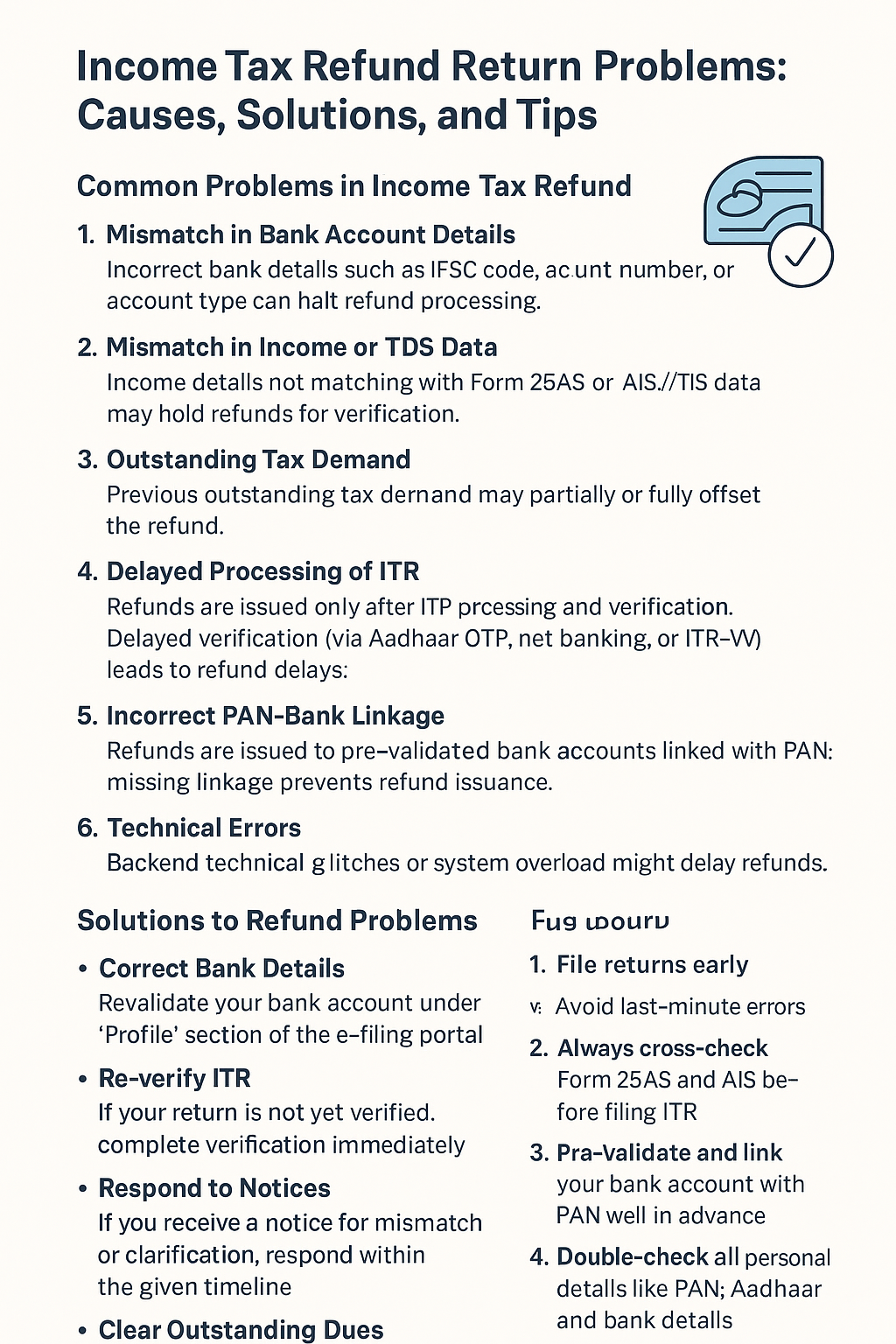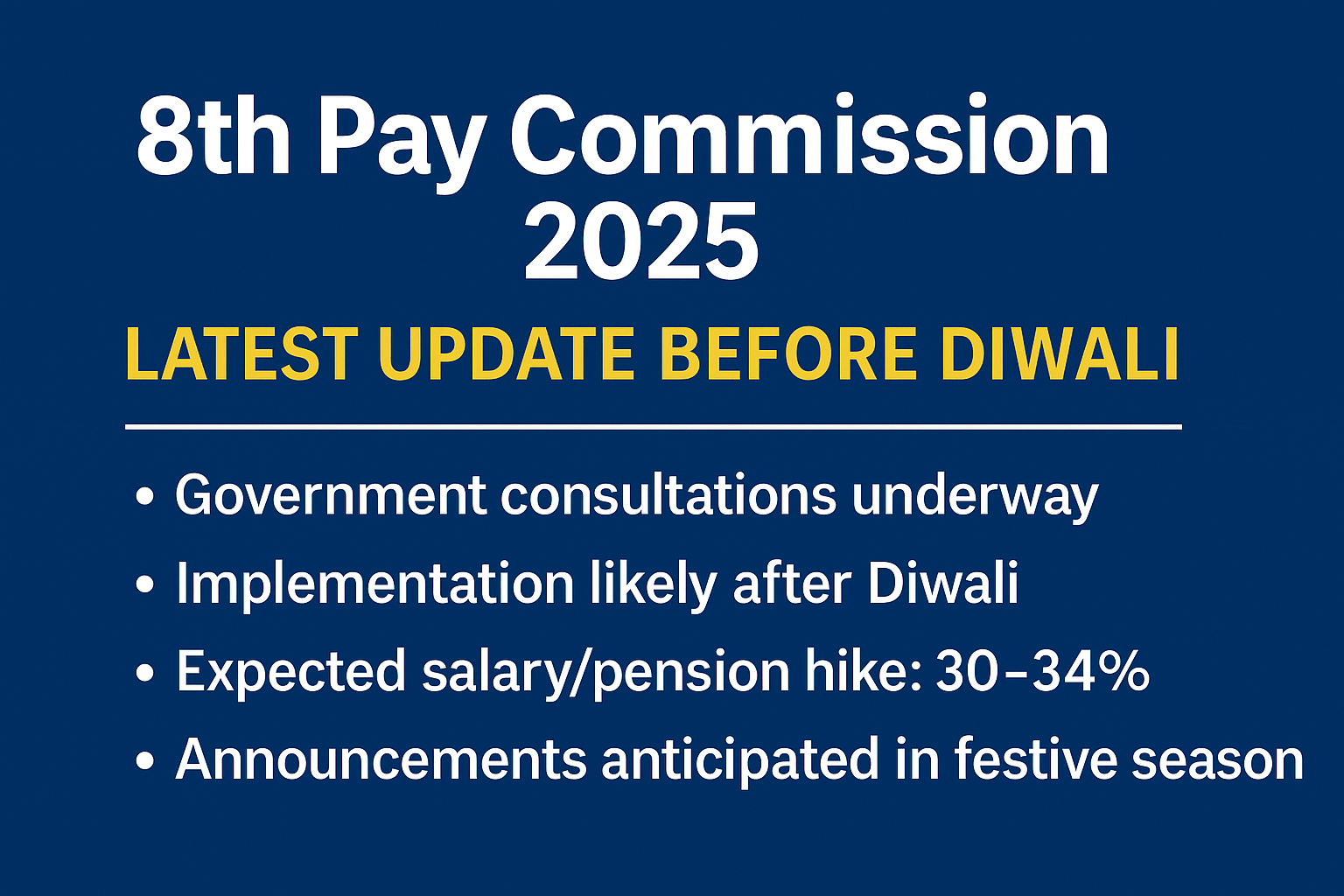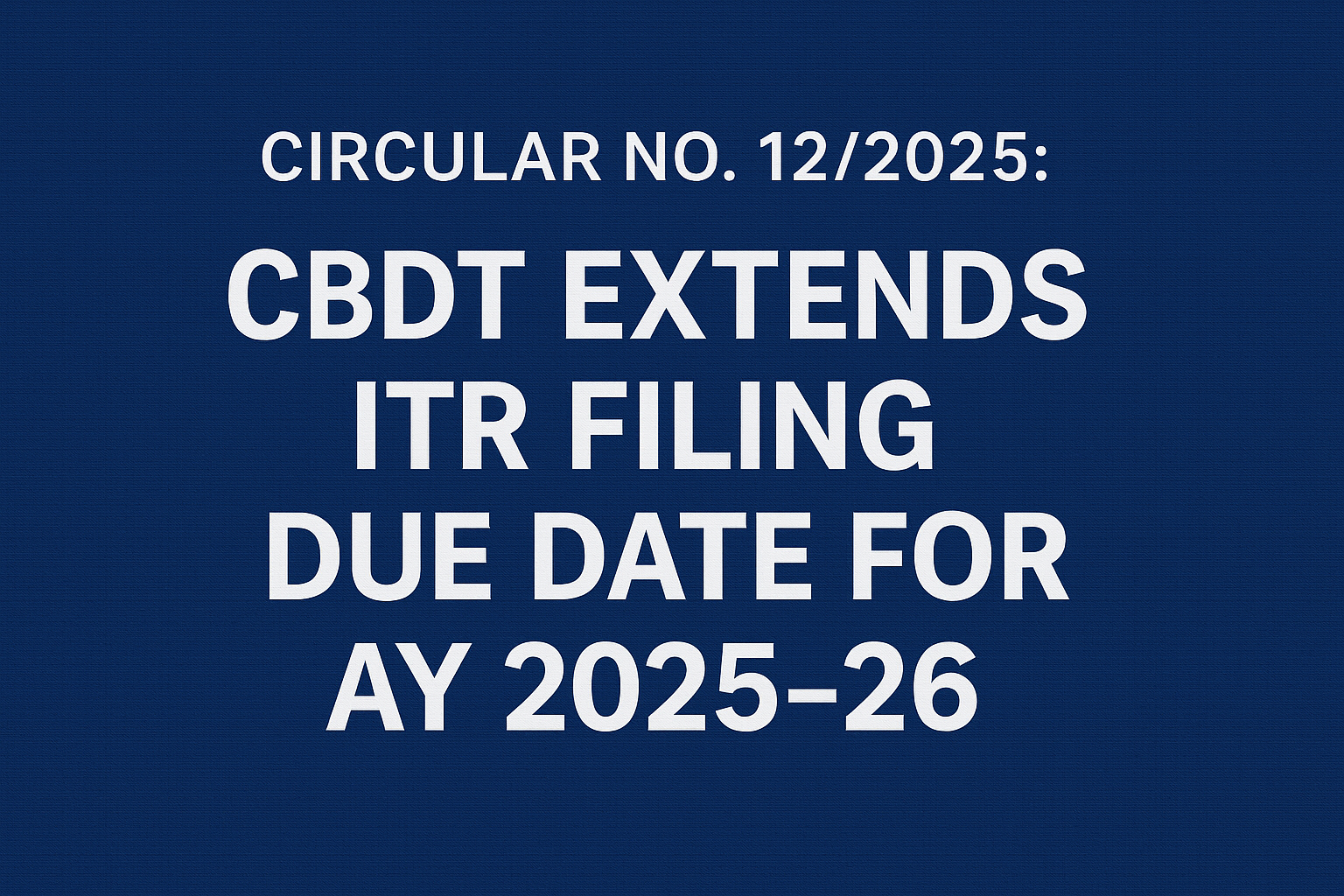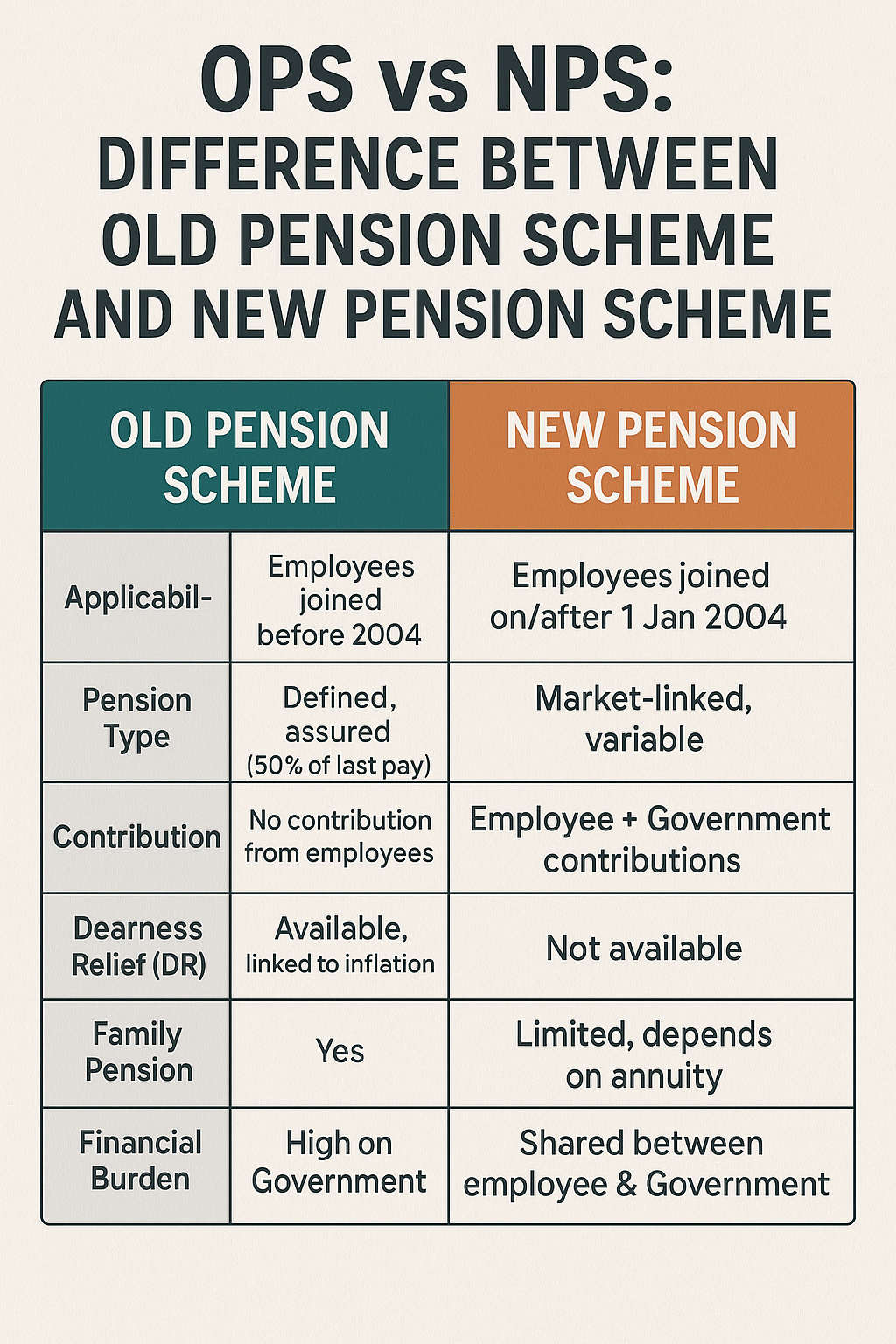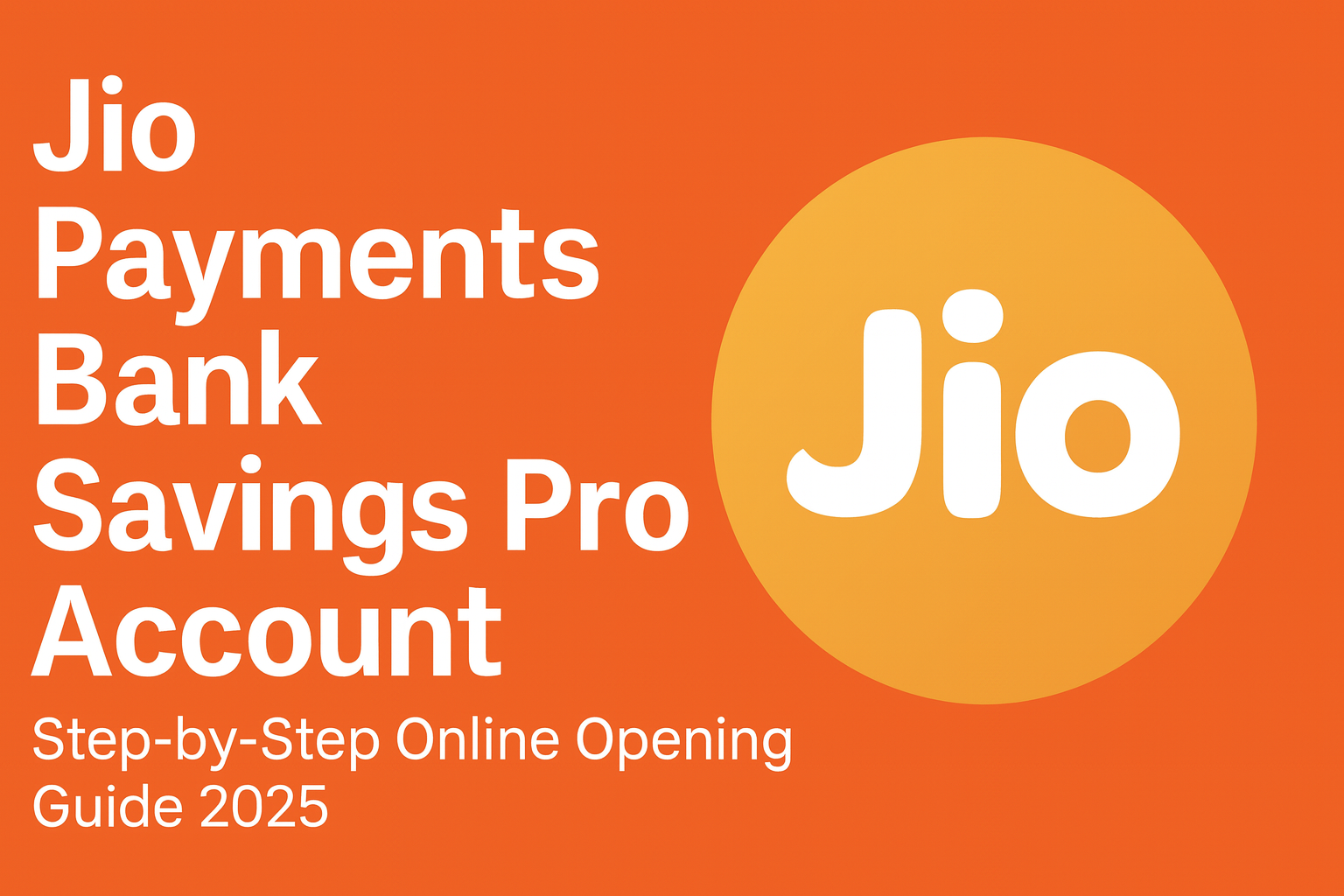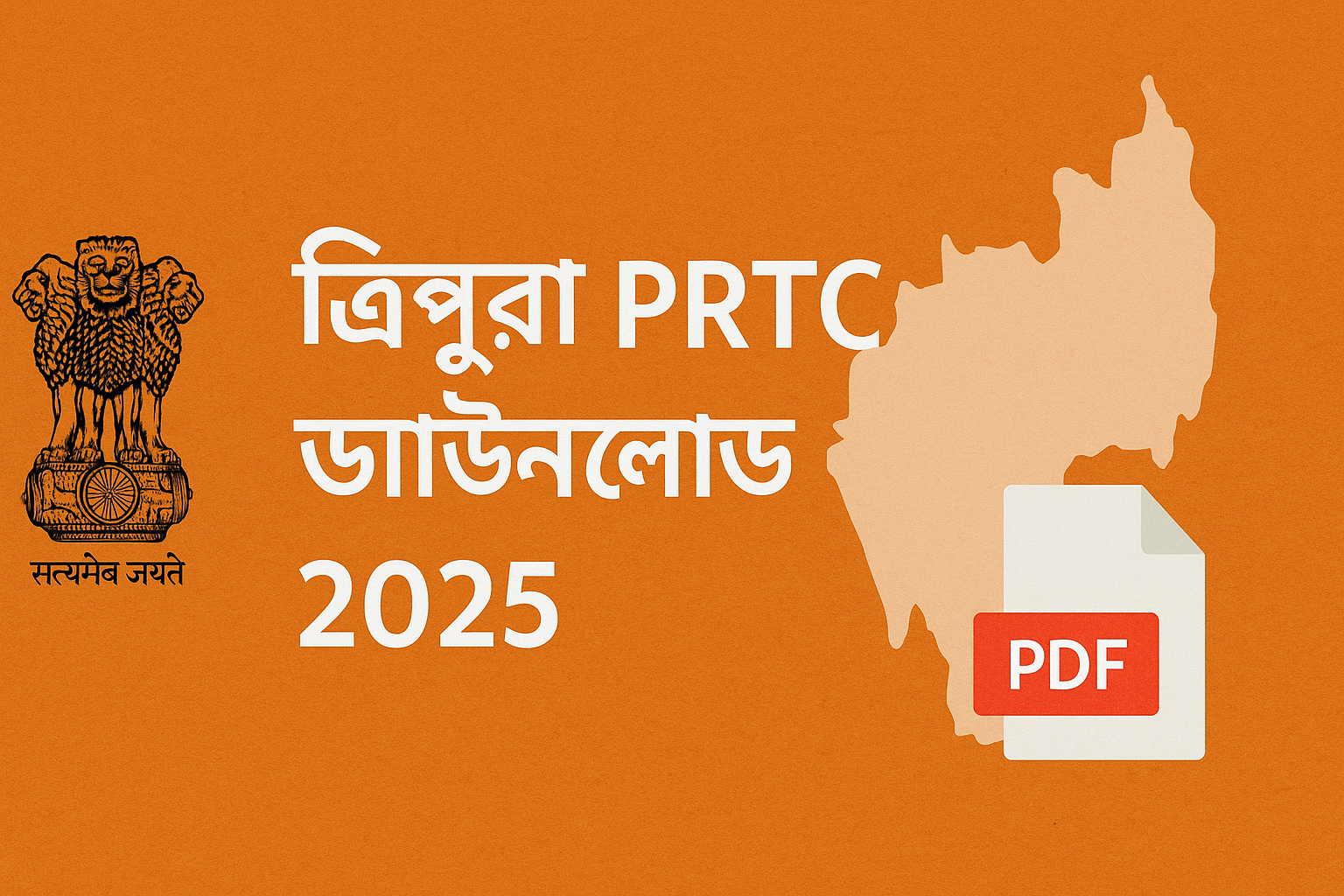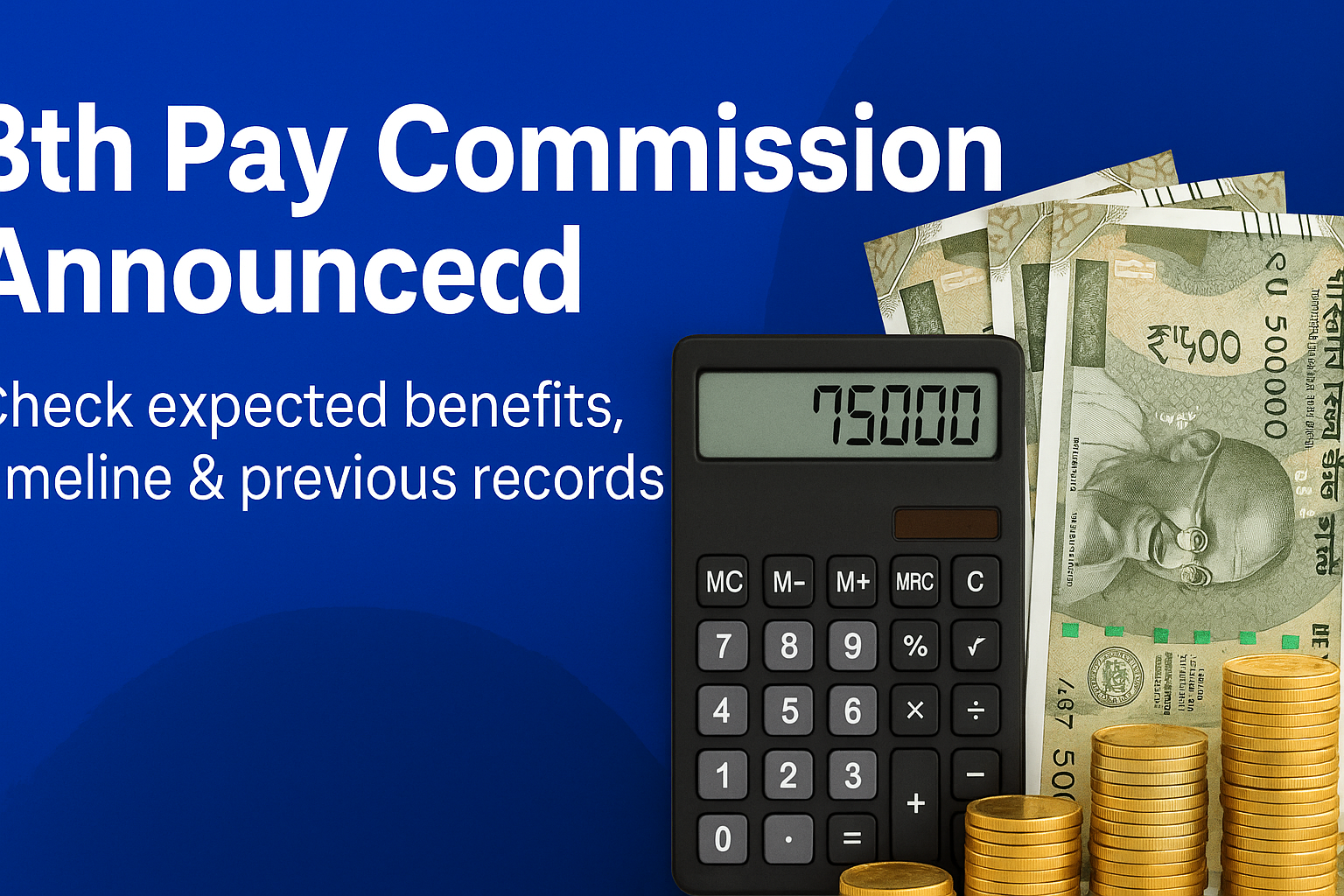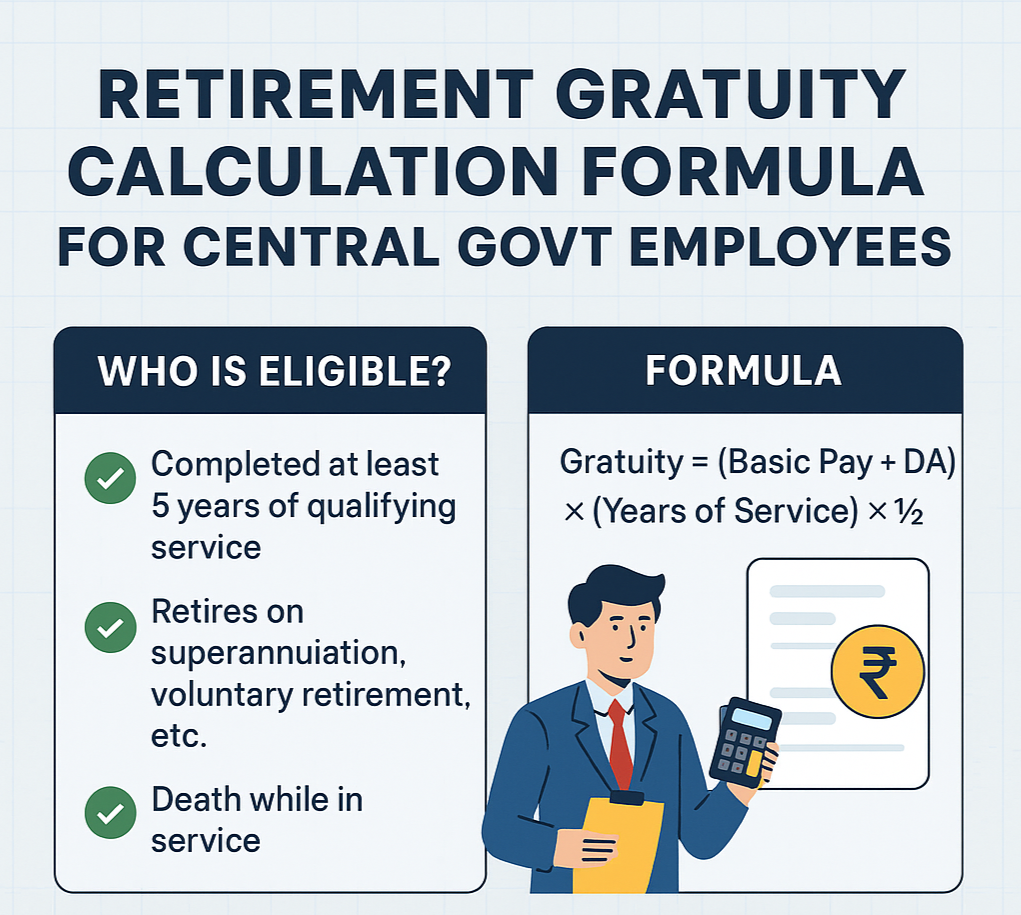8th Pay Commission: Here’s all the latest updates central government employees

8th Pay Commission: Here’s all the latest updates government employees must know — Details
The 8th Central Pay Commission (8th CPC) — the next comprehensive review of pay, allowances and pension for India’s central government employees and pensioners — is the single-most consequential policy development many government staff are following in 2025. Over the last several months a flurry of reports, government replies in Parliament and media analysis have produced a mix of confirmed steps, expert forecasts and areas still under deliberation. This article collects the latest, verifiable updates you should know today, explains what they mean for pay, pensions, health cover and allowances, and lists practical action points employees should take now.
Quick snapshot — what’s already happened
- The government announced the intention to set up the 8th Pay Commission earlier in 2025 and has started inter-ministerial consultations and stakeholder outreach as a first step toward framing terms of reference (ToR) and appointing members. This formal consultation process was confirmed in statements to Parliament.
- Several brokerage, media and policy-analyst reports estimate a substantial possible increase in pay and pension ranges, with headline figures of a 30–34% aggregate uplift being widely cited — though the final number will depend on the official fitment factor and government affordability decisions.
- Parallel to pay deliberations, the Central Government Health Scheme (CGHS) has seen administrative and digital reforms in 2025, and there are repeated media reports that the Commission may recommend reworking CGHS into an insurance-based or hybrid healthcare model for beneficiaries — a point under active conversation but not yet decided.
Timeline: when will recommendations and implementation happen?
Past Commissions have shown long lead times between announcement, submission of reports and actual implementation. While there was an official nod to constitute the 8th CPC in 2025, the following steps remain in progress:
- Constitution & ToR — Ministries, state governments and major stakeholders have been asked for inputs; ToR and member appointments follow. The consultation phase has begun.
- Commission’s deliberation — once constituted, the Commission typically takes 12–24 months to examine pay structures, allowances, pensions and allied services. Analysts caution that even after a report is finalised, budget and procedural clearances can delay implementation.
- Implementation window — some media projections expect parts of the 8th CPC to be effective from January 1, 2026, if the government fast-tracks the process; others caution implementation may stretch into 2027–2028 depending on fiscal and administrative timelines. These are projected dates — not formal government orders.
Bottom line: expect consultations through late 2025, draft recommendations sometime after the Commission is formally constituted, and phased implementation depending on government approvals. Keep watching official DoPT / Finance Ministry releases for the authoritative timetable.
Fitment factor & salary hike — what the numbers being discussed mean
The “fitment factor” is the single technical lever that determines the headline percentage increase in basic pay across the pay matrix. Media and analyst estimates that have circulated recently show a range of possibilities — and that’s important because the difference between them materially changes take-home pay:
- Analysts and brokerage reports have floated fitment factor scenarios ranging roughly from ~1.8 up to 2.86, with corresponding headline salary increases often quoted in the ~30–34% band in more optimistic scenarios. Different estimates assume different baselines, allowances treatment and pension revaluation.
- A higher fitment factor raises basic pay (and pension base), but it also raises the government’s recurring wage bill and fiscal cost — which is why the final number is a political and budgetary judgment as much as a technical one. Expect official announcements to balance employee expectations with fiscal prudence.
What employees should watch: the officially notified fitment factor and any changes to the pay matrix. Those two items will determine your exact new basic pay and pension recalculation.
Allowances: consolidation, revision and possible scrapping
Allowances were a major focus in the 7th CPC and will be a top item for the 8th as well. Key points being discussed in media and policy circles:
- Rationalisation & consolidation: The Commission is likely to continue the trend of reviewing multiple small or overlapping allowances, consolidating some, and changing eligibility norms. This could mean certain allowances are merged into basic or restructured.
- Dearness Allowance (DA): DA calculations remain linked to inflation (CPI). Any DA increase or formula tweak that follows will directly affect monthly pay; reports have flagged near-term DA adjustments but these are separate from core 8th CPC decisions.
Action for employees: keep payslip copies and records for allowance components — any future reworking of allowances may require documentary checks for continuity of benefits.
CGHS and healthcare: will CGHS be abolished?
Healthcare for central government employees is a top concern. Recent administrative steps and media reports indicate:
- Digital and administrative reforms already underway: The CGHS has migrated to new Health Management Information System (HMIS) platforms in 2025 to streamline claims and payments, according to official reporting. This is an operational improvement but not abolition.
- Policy debate on the model: Several news reports (and commentary pieces) say the 8th Pay Commission may recommend replacing or supplementing CGHS with an insurance-based or hybrid scheme — particularly to address scalability, costs and beneficiary coverage. However, these remain proposals under consideration, not formal decisions. Many stakeholders, including employee unions, have strongly opposed wholesale dismantling of CGHS’s cashless/empanelment benefits.
Practical note: if you are a CGHS beneficiary, do not assume immediate changes — monitor official CGHS/HMFW and DoPT announcements. Also, retain paper/electronic records of CGHS membership and claims; if a new model is adopted, transitional rules and eligible-period records will matter.
Pensions, commutation and other retirement issues
- Any change in basic pay directly affects pension revision because pensions are typically linked to last pay drawn or re-fixed formulas. Projected fitment factors being discussed would lift pension baselines materially if applied to pension calculations.
- Commutation, family pension rules and other retirement-related allowances may also be re-examined. The Commission tends to consider both active employee and pensioner interests together; pensioner groups will press for parity in increases and arrears handling.
Watch for: government notifications on pension re-fixation formula, timeline for arrears (if any), and any changes to commutation factors.
Fiscal reality & political sensitivity
Large pay increases have meaningful budgetary implications. The Finance Ministry’s view, parliamentary scrutiny and the government’s macroeconomic targets will shape the final outcome. That means:
- Expect compromise — generous fitment factors proposed by analysts may be trimmed in official policy to keep the recurring wage bill manageable.
- Phased implementation or staged allowance restorations are possible — past Commissions have sometimes used phased rollout or differential effective dates to spread fiscal impact.
What government employees must do now (practical checklist)
- Keep documents ready: latest payslips, service book entries, CGHS membership/claim records and pension documents. They’ll be needed for recalculation or transitional claims.
- Update contact details: make sure your department/CPPC (Central Pay and Pension Cell) has your correct bank and communication details. Arrears and new pay orders rely on accurate records.
- Follow official channels: DoPT, Finance Ministry, CGHS/HMFW portals and departmental notices are the authoritative sources — media reports are useful but wait for formal orders.
- Join union/association updates: staff associations often negotiate transitional rules and clarify implementation details; they can be a force in protecting benefits like CGHS.
- Plan personal finances: if projections of a salary uplift are in play, don’t make irreversible financial decisions until government orders are issued and arrears (if any) are processed.
Frequently asked questions (short)
Q. Has the 8th Pay Commission been formally constituted?
A. The government has announced moving ahead and started consultations, but formal constitution (ToR & member appointments) is the next step and may take time.
Q. Will CGHS be abolished?
A. Not yet. Reports indicate the Commission may recommend reworking the model (possibly insurance-based or hybrid), but there’s no formal order abolishing CGHS; digital reforms to CGHS have already been implemented in 2025.
Q. How much will my salary increase?
A. That depends on the officially notified fitment factor and treatment of allowances. Media estimates vary (fitment factors floated in the 1.8–2.86 range), but employees should wait for the formal Commission report and government order for exact numbers.
Q. When will changes take effect?
A. Some reports suggest possibilities of effectiveness from Jan 1, 2026 in optimistic scenarios; but implementation could stretch into 2027–2028 depending on Commission timing and budget approvals. These are projections, not confirmations.
Where to find authoritative updates (official sources to follow)
- Department of Personnel & Training (DoPT) website and press releases.
- Finance Ministry statements to Parliament (for ToR, consultation notes and budget implications).
- CGHS / Ministry of Health & Family Welfare HMIS portal updates for healthcare changes.
Final takeaways
- The 8th Pay Commission process is underway, with official consultations started — that’s real progress.
- Significant pay and pension increases are widely projected in media and analyst reports, but final outcomes depend on the officially notified fitment factor, allowance treatment and fiscal decisions.
- CGHS is being reformed administratively and digitally; policy-level recommendations about its future (insurance vs. empanelment) are being discussed but are not final. Maintain your beneficiary records and follow official portals.
Stay alert to DoPT and Finance Ministry releases — they will be the definitive word. If you’d like, I can convert this article into a one-page PDF or a short explainer tailored to your cadre/grade (for example, sample calculations by fitment factor) — tell me which grade/pay level you want and I’ll run sample numbers using the fitment-factor scenarios currently being discussed.

.jpeg)
.jpeg)
.jpeg)
.jpeg)
.jpeg)
.jpeg)
.jpeg)

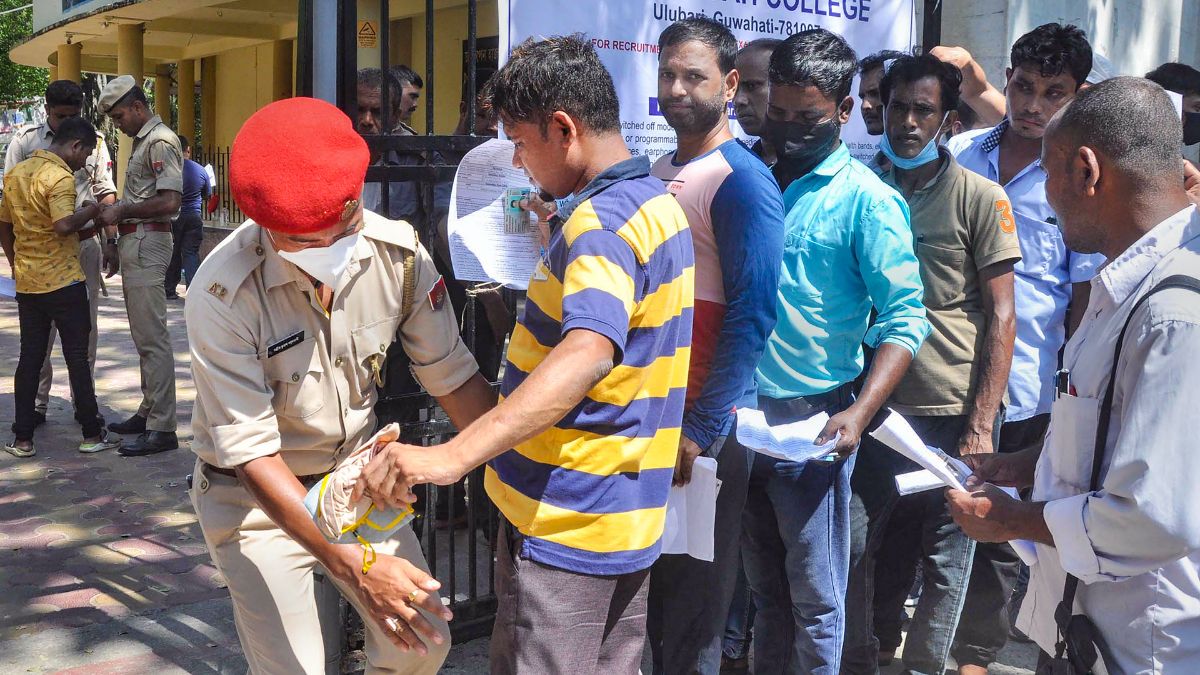

.jpeg)



